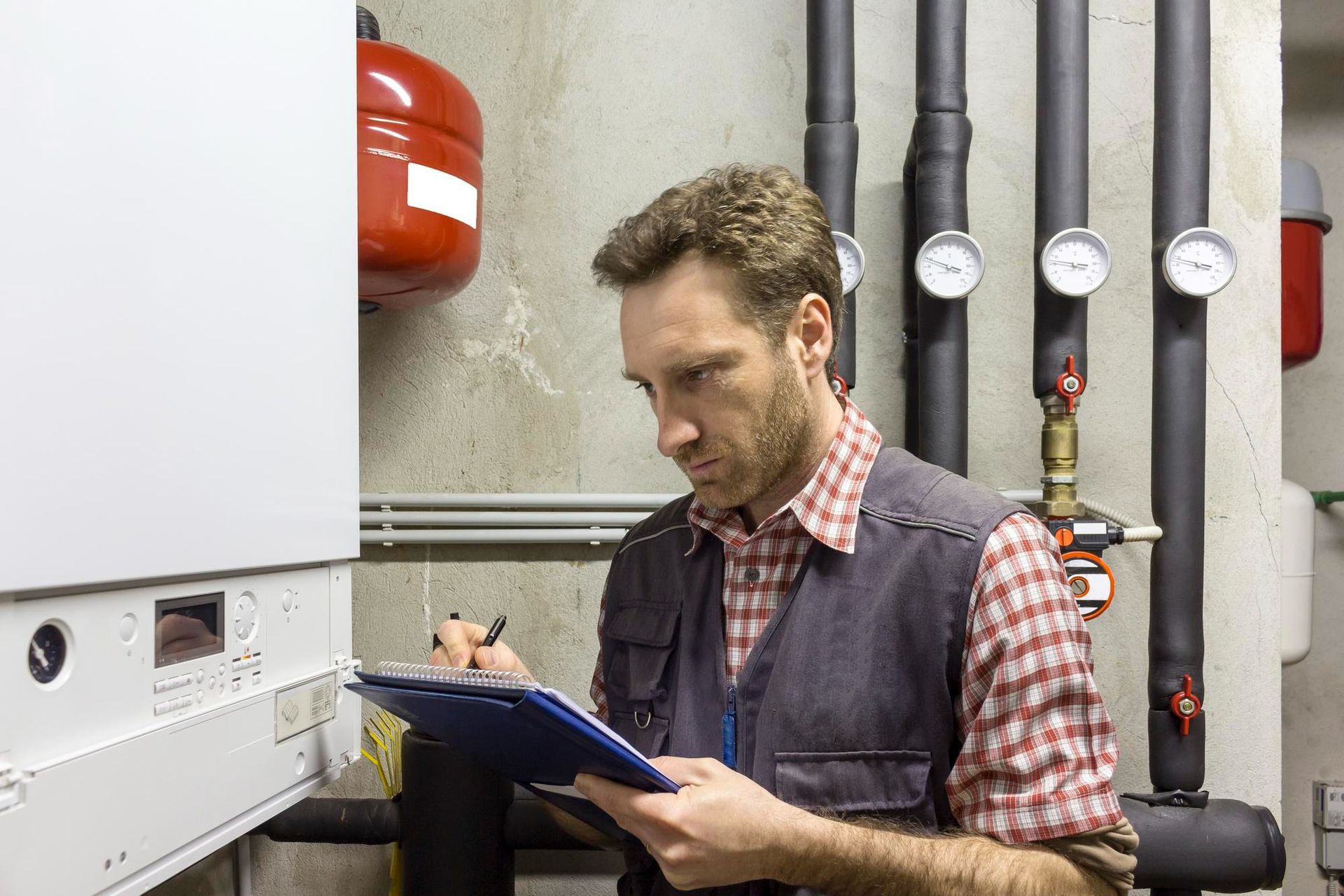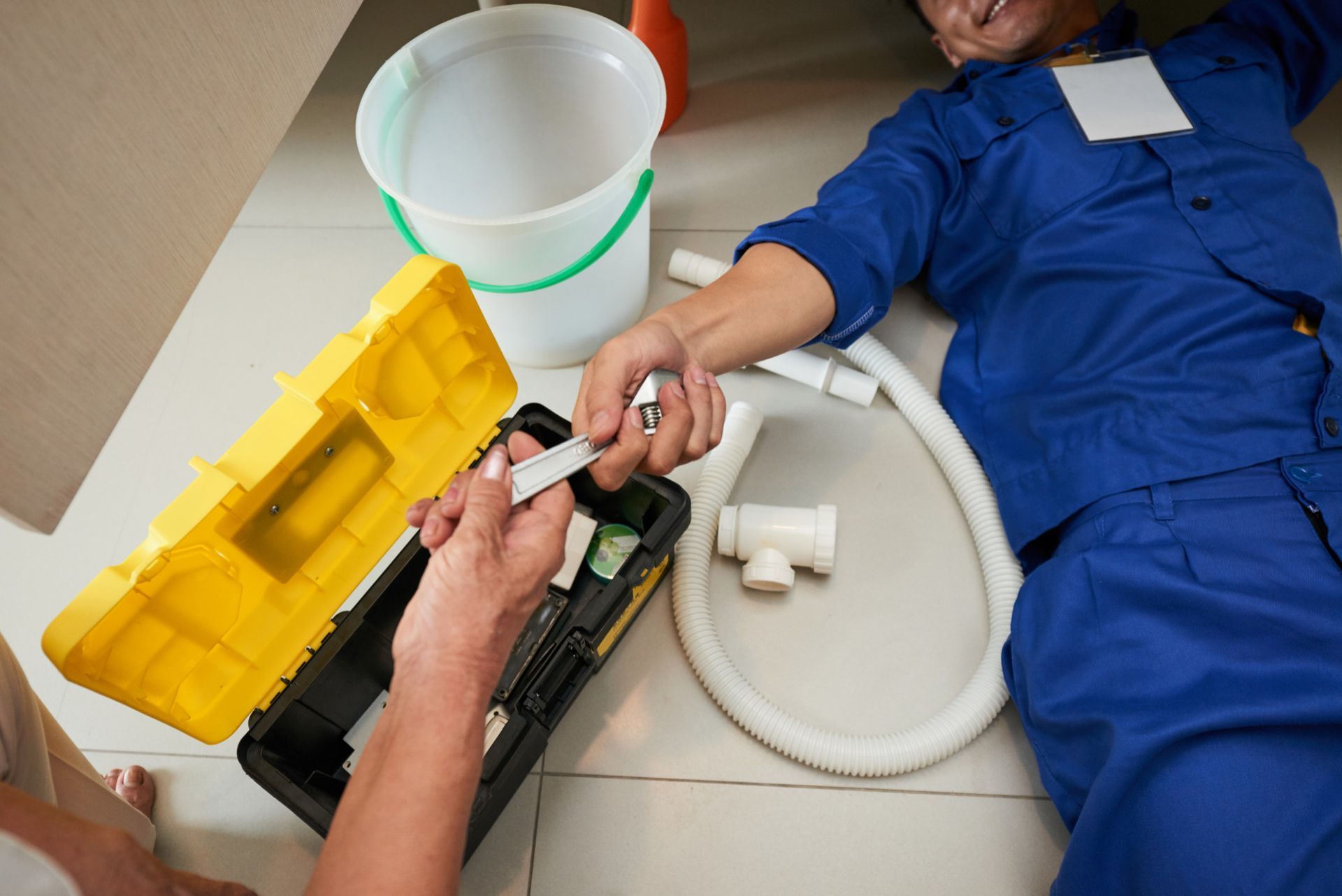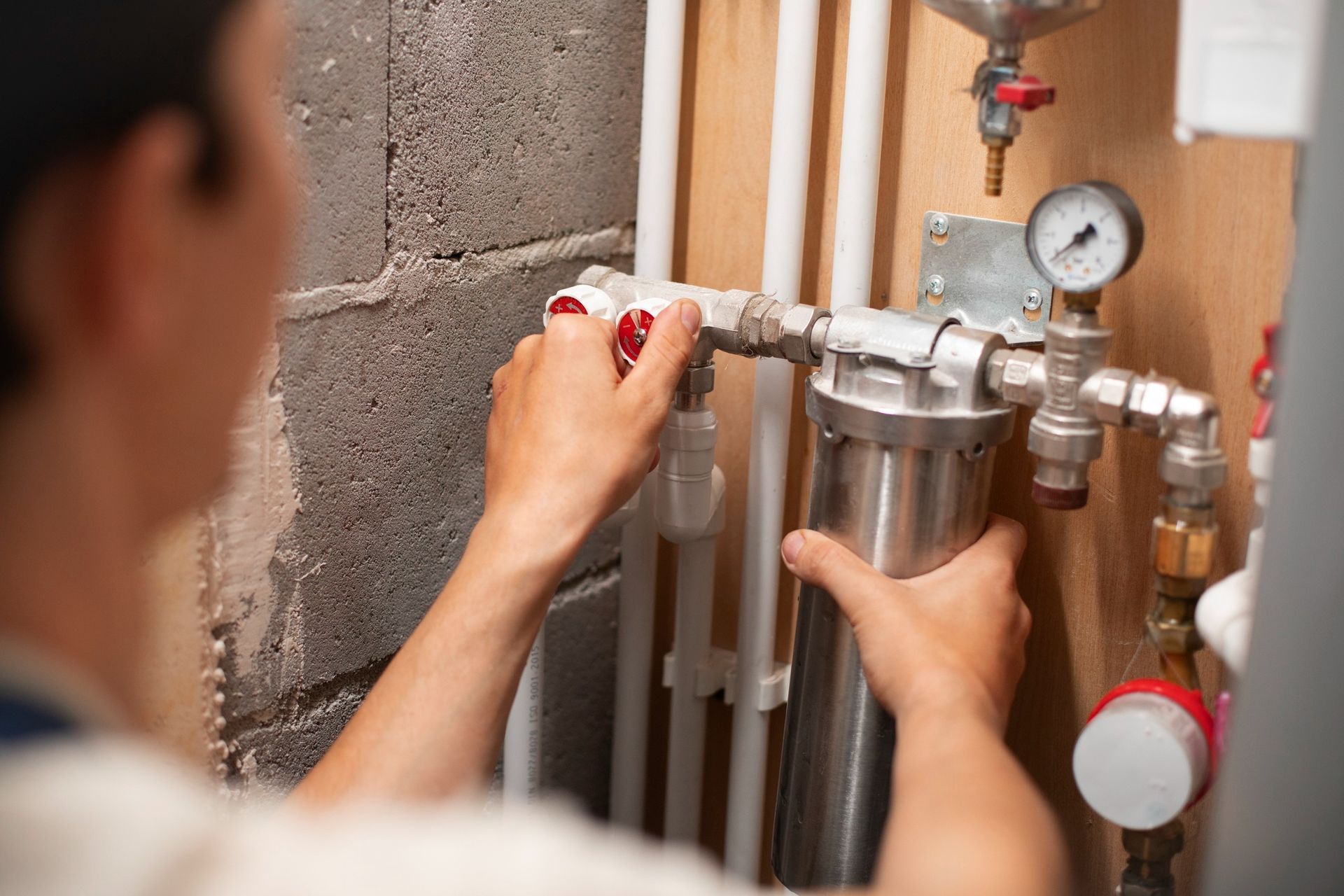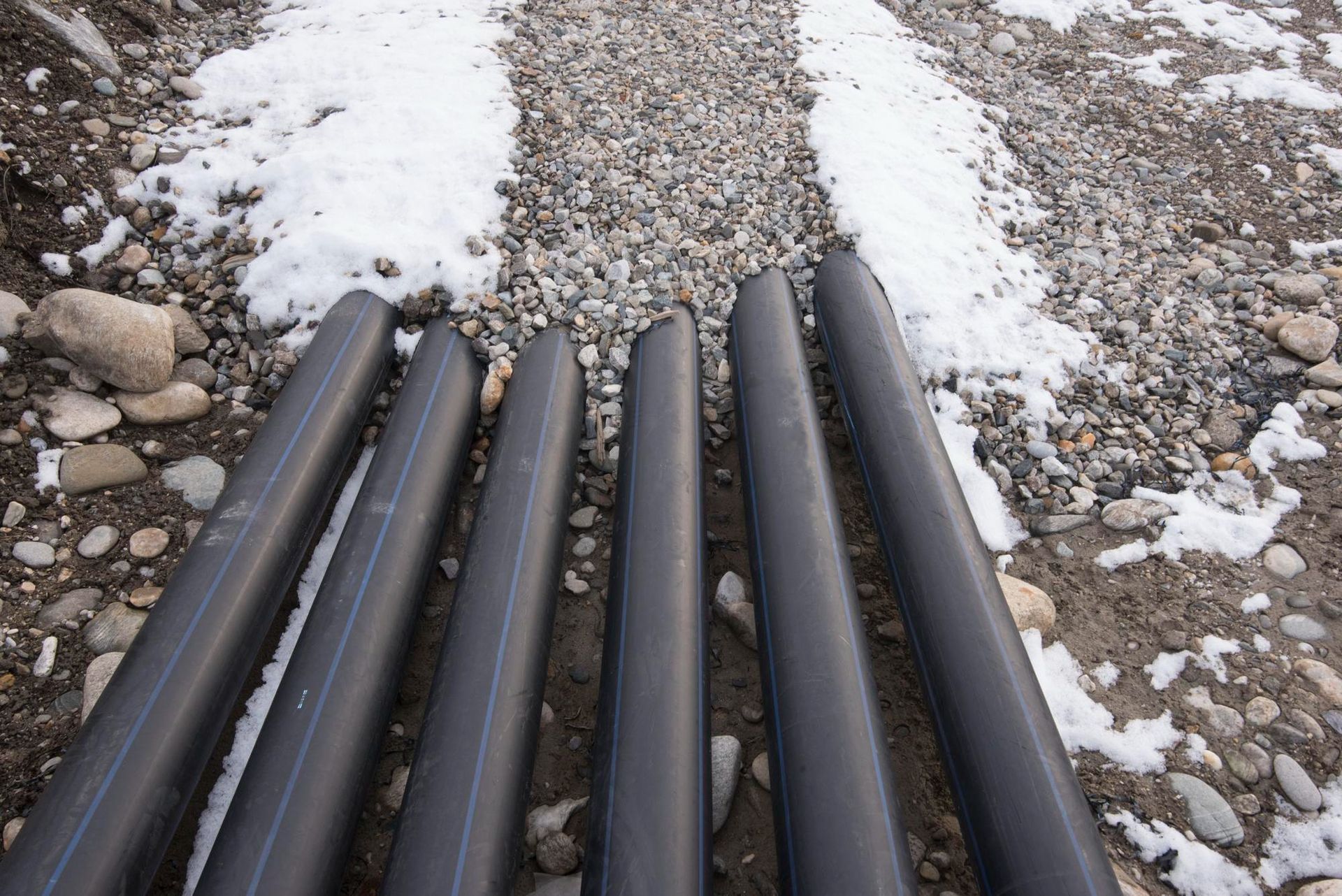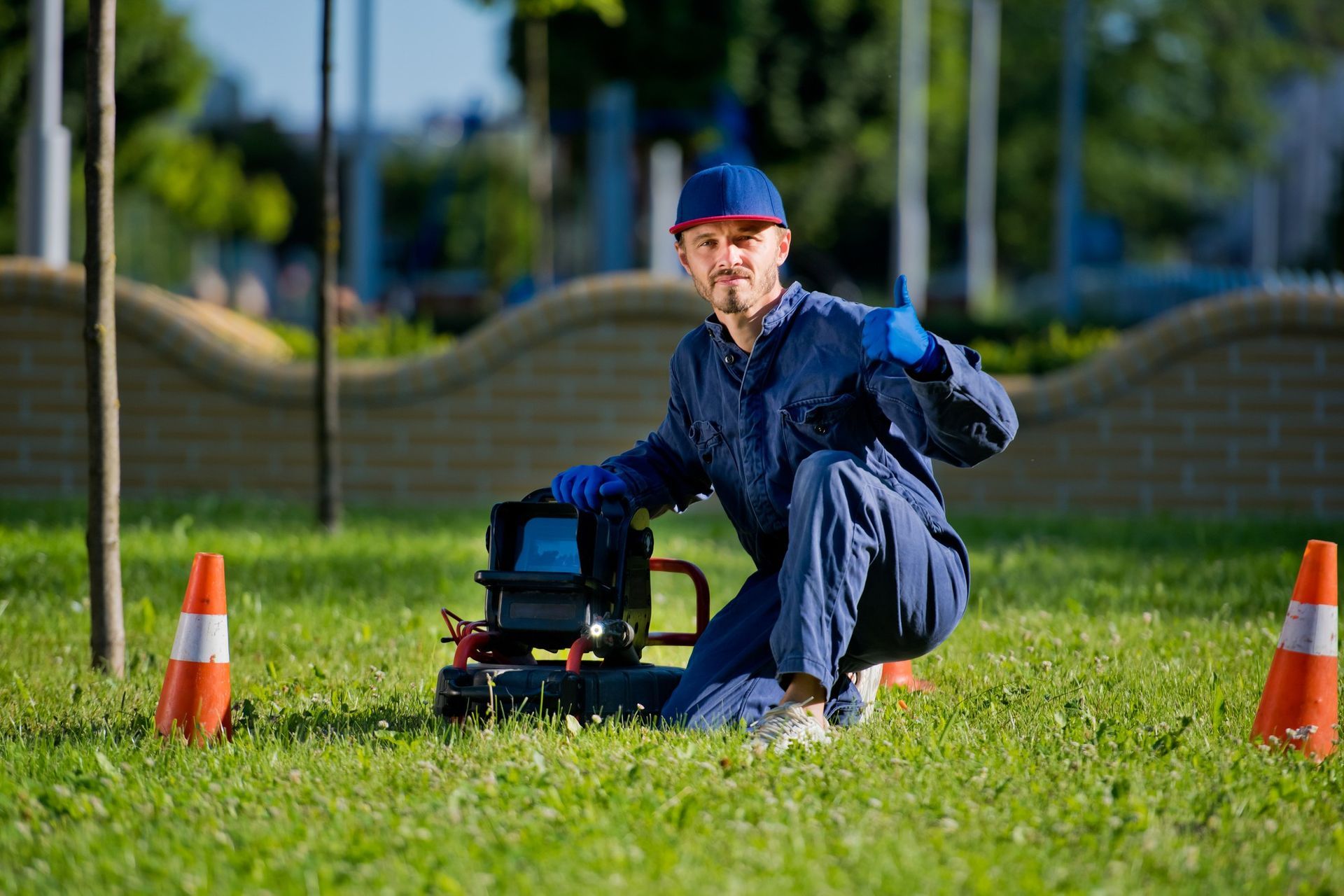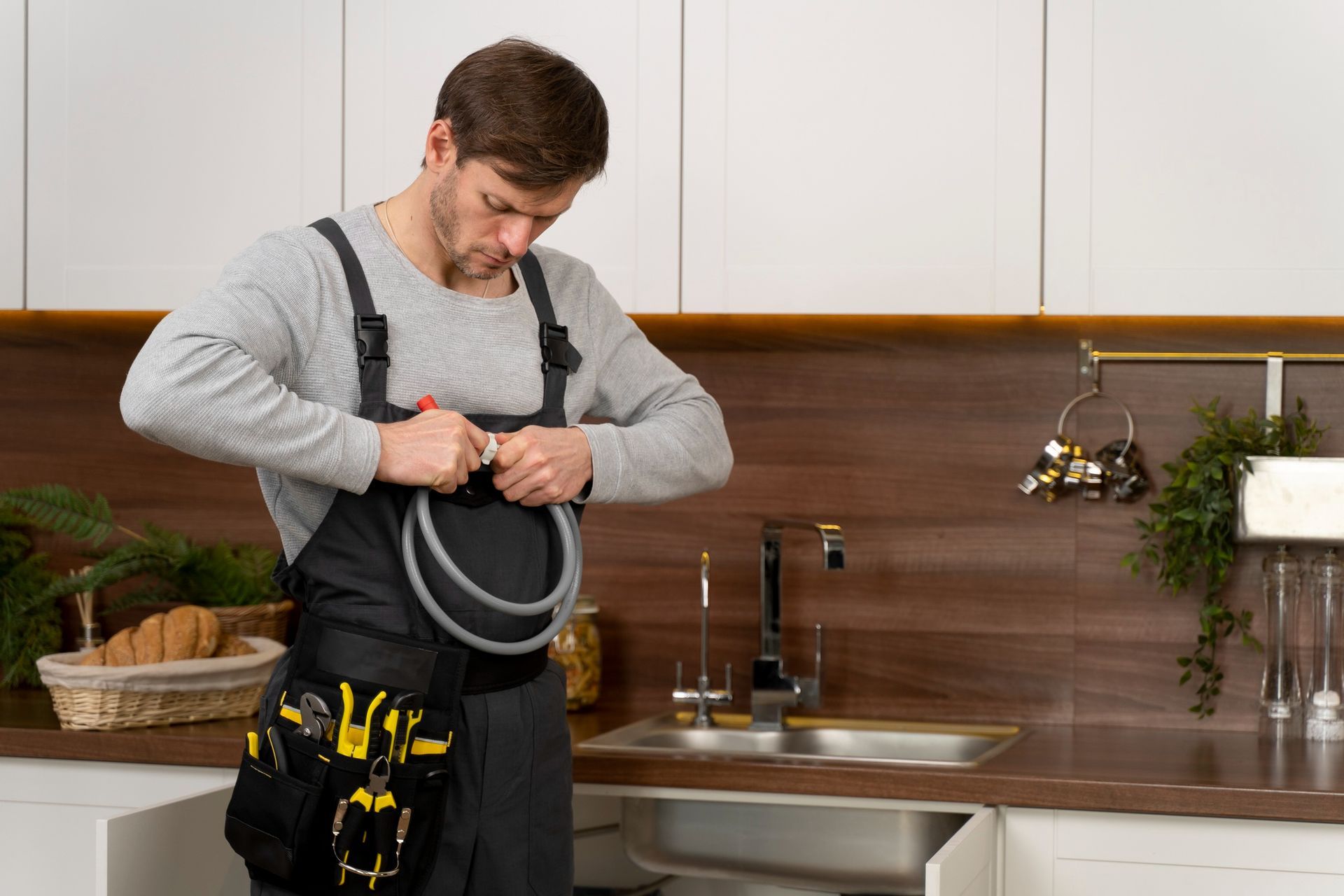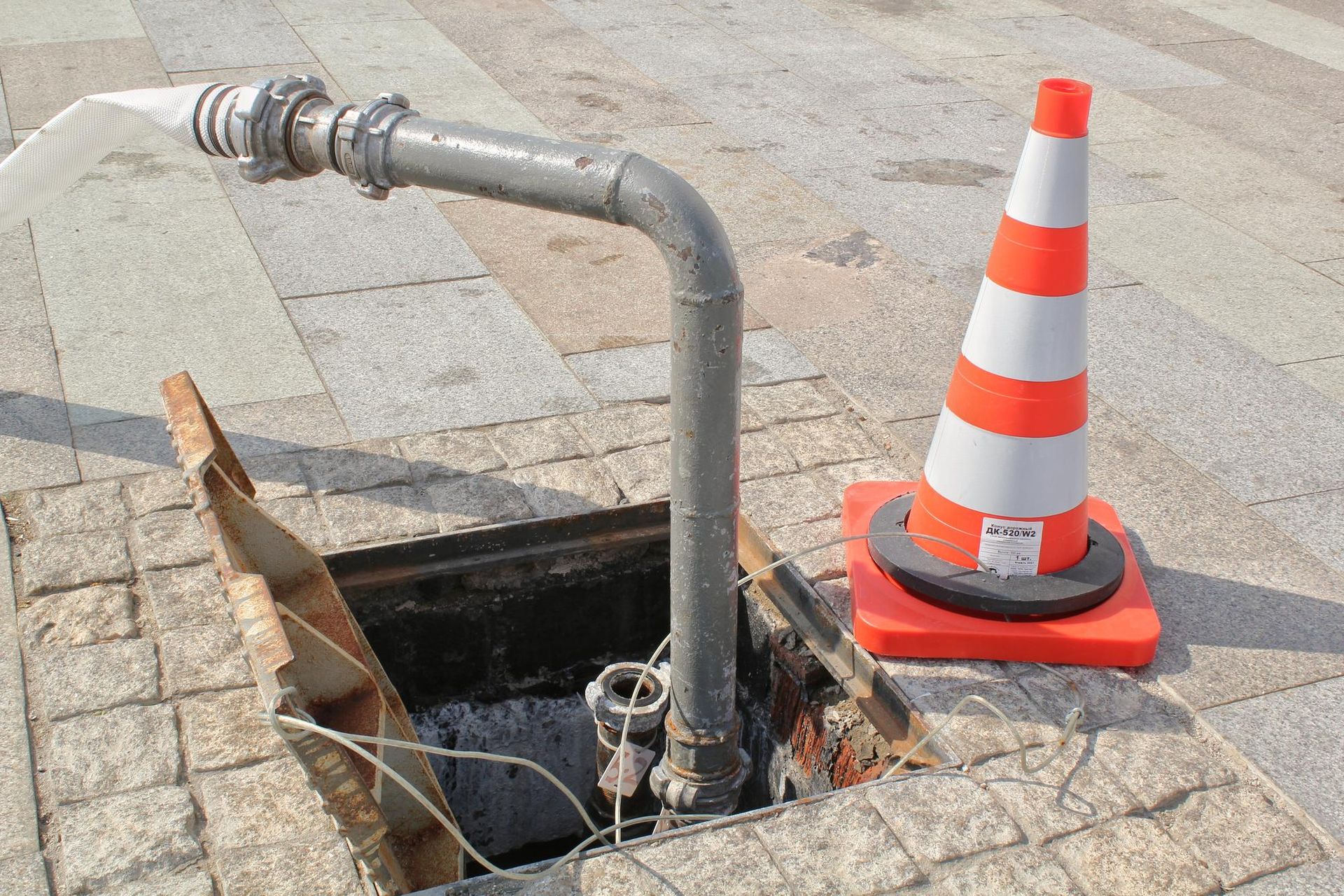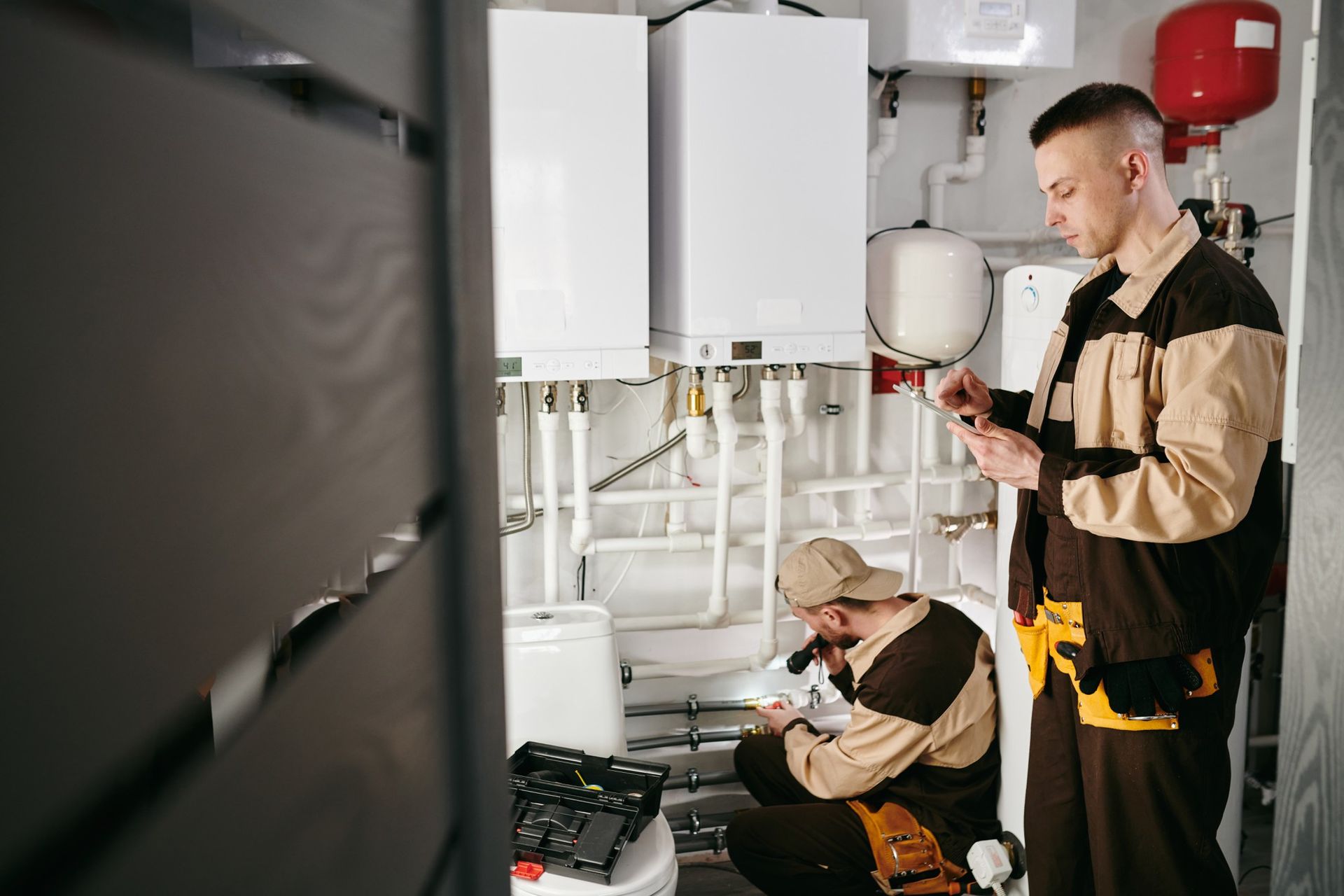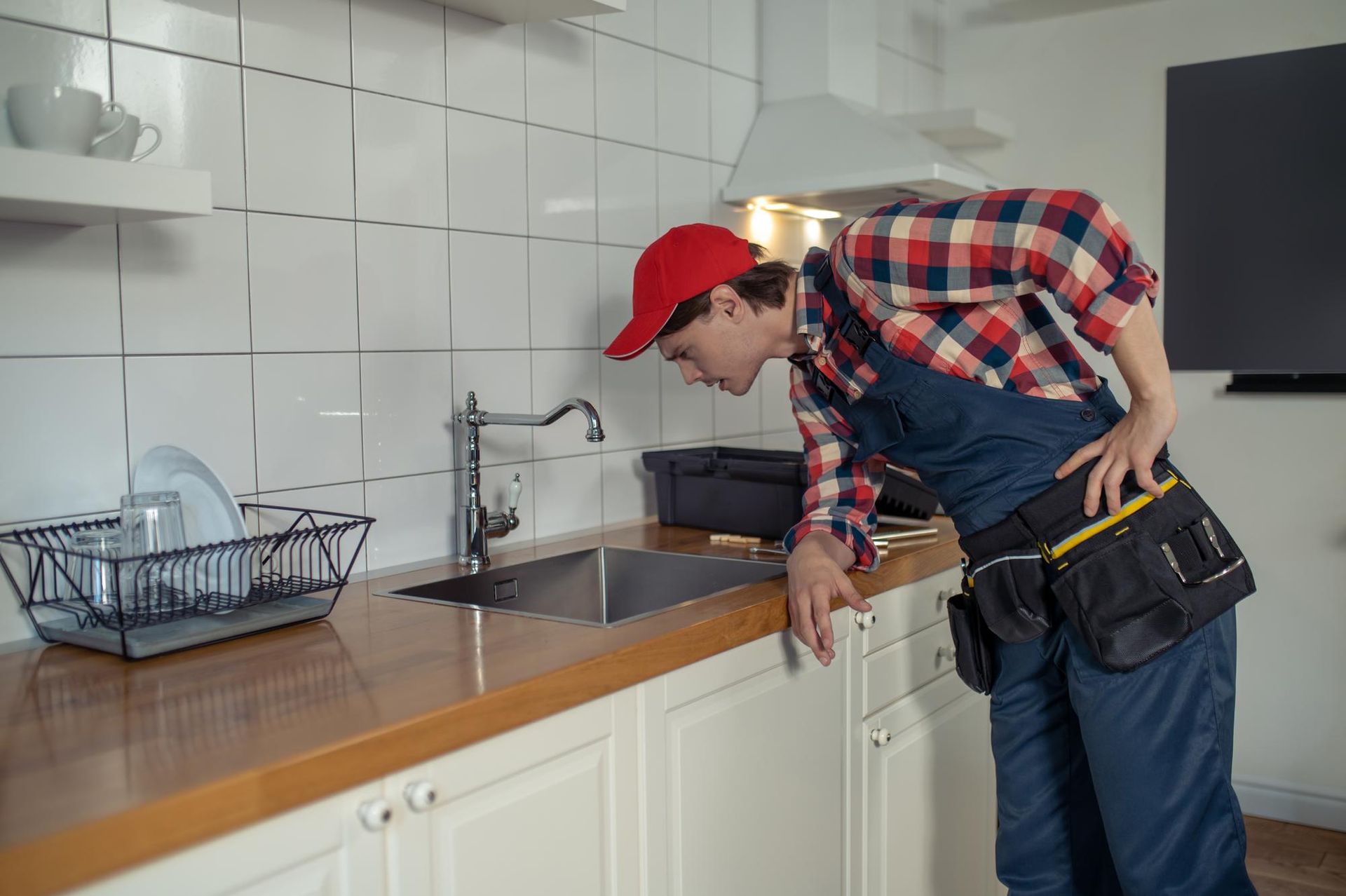Elijah@catoiletwhisperer.com
Call Us Now! (916) 796-9576
5 Effective Drain Pipe Repair Solutions: Expert Tips Included
Are you experiencing issues with your drainage system? If so, you're not alone. Many homeowners encounter problems with their drain pipes over time. From clogs to leaks, drain pipe issues can disrupt your daily routine and even cause damage to your property if left unattended. In this comprehensive guide, we'll explore five effective drain pipe repair solutions that can help you address common plumbing problems. Whether you're dealing with minor blockages or major leaks, these solutions, accompanied by expert tips, will equip you with the knowledge and techniques needed to tackle drain pipe repair effectively.
5 Effective Drain Pipe Repair Solutions
Solution 1: Patching Techniques
Patching techniques are highly effective for addressing minor leaks and cracks in drain pipes. These methods are particularly useful when the damage is localized and does not require extensive repairs or replacement. Patching materials such as epoxy compounds or rubber seals can create a strong and durable barrier, restoring the integrity of the pipe.
To begin the patching process, it's crucial to locate the source of the leak and thoroughly clean the affected area. Use a wire brush or abrasive pad to remove any debris, rust, or corrosion from the surface of the pipe. Once the area is clean and dry, apply the patching material according to the manufacturer's instructions.
When selecting a patching material, consider factors such as the size and location of the leak, as well as the material of the pipe itself. Epoxy compounds are often preferred for their versatility and ability to adhere to various surfaces. Rubber seals or patches can also provide an effective barrier against leaks.
After applying the patching material, allow sufficient time for it to cure and bond with the surface of the pipe. Once the patch is fully cured, conduct a thorough inspection to ensure that the leak has been successfully sealed. It's also advisable to monitor the patched area periodically to detect any signs of future leakage.
While patching techniques can offer a temporary solution for minor drain pipe leaks, it's important to address underlying issues that may contribute to the damage. Conduct regular inspections of your plumbing system to identify potential problems early on and take proactive measures to prevent future leaks.
Solution 2: Snaking and Augering
Snaking and augering are tried-and-true methods for clearing clogs and obstructions from drain pipes. These tools, known as drain snakes or augers, are designed to navigate through the pipe, dislodging debris and restoring proper flow.
When using a drain snake or auger, it's essential to exercise caution and follow proper procedures to avoid causing damage to the pipe or worsening the blockage. Begin by inserting the snake or auger into the drain opening and feeding it slowly into the pipe. Rotate the tool as you advance it forward, applying gentle pressure to break up the obstruction.
Depending on the severity of the clog, you may encounter resistance or encounter difficulty advancing the snake or auger. In such cases, avoid forcing the tool and instead try gently maneuvering it back and forth to loosen the blockage. Patience and persistence are key when using snaking and augering techniques.
Once the obstruction has been cleared, flush the drain with water to ensure that it is flowing freely. It's also a good idea to clean the snake or auger thoroughly after each use to prevent the buildup of debris and bacteria.
While snaking and augering can be effective for minor clogs, they may not always resolve more stubborn blockages or underlying issues. If you encounter repeated clogs or persistent drainage problems, consider seeking professional assistance to identify and address the root cause of the issue.
Solution 3: Hydro-Jetting
Hydro-jetting is a powerful drain cleaning technique that utilizes high-pressure water to remove debris and buildup from drain pipes. This method is highly effective for clearing tough clogs and restoring optimal flow to your plumbing system.
During the hydro-jetting process, a specialized nozzle attached to a high-pressure hose is inserted into the drain pipe. The nozzle releases a concentrated stream of water, which dislodges and flushes away accumulated debris, including grease, hair, soap scum, and mineral deposits.
One of the key advantages of hydro-jetting is its ability to clean the entire length of the drain pipe, including hard-to-reach areas and bends. This thorough cleaning helps prevent future clogs and improves the overall efficiency of your drainage system.
Hydro-jetting is also environmentally friendly, as it does not require the use of harsh chemicals or abrasive materials. However, it's important to enlist the help of a professional plumber to perform hydro-jetting, as specialized equipment and expertise are required to ensure safe and effective operation.
Before scheduling hydro-jetting services, it's advisable to inspect your plumbing system to assess its condition and identify any potential risks or vulnerabilities. Your plumber can provide guidance on whether hydro-jetting is suitable for your specific situation and recommend any additional measures that may be necessary to protect your pipes.
Overall, hydro-jetting offers a fast, efficient, and eco-friendly solution for clearing drain pipe clogs and maintaining the health of your plumbing system. By investing in professional hydro-jetting services, you can enjoy improved drainage performance and peace of mind knowing that your pipes are clean and clear.
Solution 4: Pipe Relining
Pipe relining is a cutting-edge method for repairing damaged drain pipes without the need for extensive excavation or replacement. This innovative technique involves inserting a flexible liner coated with epoxy resin into the existing pipe, creating a seamless and durable barrier against leaks and corrosion.
The pipe relining process begins with a thorough inspection of the drain pipe using specialized cameras to assess the extent of damage and identify any underlying issues. Once the inspection is complete, the damaged pipe is cleaned and prepared for relining. This may involve removing debris, rust, or scale buildup to ensure proper adhesion of the liner.
Next, the flexible liner is inserted into the drain pipe and positioned using a specialized inversion process or pneumatic bladder. The liner is then inflated, causing it to conform to the shape of the existing pipe and adhere to its interior surface. As the epoxy resin cures, it forms a strong and durable barrier that seals cracks, holes, and other defects in the pipe.
One of the key advantages of pipe relining is its minimal disruption to the surrounding environment. Unlike traditional pipe replacement methods that require excavation and demolition, pipe relining can be performed with minimal disturbance to landscaping, flooring, and infrastructure. This makes it an ideal solution for repairing drain pipes located in sensitive or hard-to-reach areas.
Pipe relining also offers long-lasting results, with many installations lasting upwards of 50 years or more. The seamless nature of the relined pipe reduces the risk of future leaks and corrosion, extending the lifespan of your plumbing system and minimizing the need for future repairs.
It's important to note that pipe relining is not suitable for all types of drain pipe damage. Extensive structural damage or collapse may require traditional replacement methods. Additionally, proper installation and curing of the epoxy liner are critical to the success of the relining process. Therefore, it's essential to enlist the services of a qualified and experienced plumbing professional to ensure a successful outcome.
Overall, pipe relining offers a cost-effective, efficient, and environmentally friendly solution for repairing damaged drain pipes. By investing in pipe relining services, you can enjoy the benefits of a fully restored plumbing system with minimal disruption to your home or business.
Solution 5: Replacement of Damaged Sections
In cases where drain pipe damage is extensive or irreparable, replacement of damaged sections may be necessary to restore the integrity of the plumbing system. While pipe replacement is more labor-intensive and costly compared to other repair methods, it provides a permanent solution to persistent drainage issues and prevents further damage to your property.
The process of replacing damaged drain pipe sections begins with a thorough assessment of the extent of the damage and identification of the affected areas. This may involve conducting a visual inspection, as well as using specialized tools such as cameras to examine the interior of the pipes.
Once the damaged sections have been identified, the next step is to plan and prepare for the replacement process. This may involve obtaining necessary permits, acquiring materials, and coordinating with contractors or
plumbing professionals to ensure a smooth and efficient operation.
During the replacement process, the damaged sections of the drain pipe are carefully removed using cutting tools or excavation equipment. Great care is taken to minimize disruption to surrounding infrastructure and landscaping, particularly in residential or commercial settings.
Once the damaged sections have been removed, new pipe sections are installed and connected to the existing
plumbing system
using appropriate fittings and connectors. The new pipes are securely fastened in place to prevent movement or leaks and tested to ensure proper functionality.
When replacing drain pipe sections, it's important to select high-quality materials that are durable and resistant to corrosion. PVC, cast iron, and copper are commonly used materials for drain pipe replacement due to their strength and longevity.
Proper installation and sealing of the
replacement pipes
are critical to the success of the repair process. It's essential to follow manufacturer guidelines and industry best practices to ensure a watertight seal and prevent future leaks or failures.
After the replacement process is complete, it's advisable to conduct a final inspection and testing of the plumbing system to verify proper operation and address any remaining issues. This may involve running water through the pipes, checking for leaks, and ensuring adequate drainage and flow.
Overall, replacement of damaged drain pipe sections offers a permanent solution to
persistent plumbing issues and ensures the continued functionality and integrity of your drainage system. By investing in professional replacement services and high-quality materials, you can enjoy peace of mind knowing that your plumbing system is in optimal condition.
Expert Tips for Effective Drain Pipe Repair
- Use the Right Tools: Ensure you have the appropriate tools for the job, whether it's a drain snake, plunger, or pipe wrench. Using the correct tools will make the repair process smoother and more effective.
- Inspect Regularly: Conduct routine inspections of your drain pipes to catch minor issues before they escalate into major repairs. Look for signs of leaks, corrosion, or blockages and address them promptly.
- Practice Proper Maintenance: Implement preventive maintenance measures such as regularly flushing drains with hot water and avoiding the disposal of grease and other debris down your drains. This helps minimize the risk of clogs and prolongs the life of your drain pipes.
- Know When to Seek Professional Help: While some drain pipe repairs can be done DIY, it's important to recognize when a problem requires the expertise of a professional plumber. Don't hesitate to call in a professional for complex issues or if you're unsure about the repair process.
- Invest in Quality Materials: When repairing or replacing drain pipe sections, invest in high-quality materials that are durable and resistant to corrosion. Quality materials will ensure long-lasting repairs and reduce the likelihood of future problems.
- Follow Safety Precautions: When working on drain pipe repairs, prioritize safety by wearing appropriate protective gear such as gloves and safety goggles. Be cautious when using power tools or working in confined spaces to avoid accidents.
- Consider Long-Term Solutions: While quick fixes may provide temporary relief, consider long-term solutions such as pipe relining or replacement for persistent drain pipe issues. These solutions offer durability and longevity, ultimately saving you time and money in the long run.
- Seek Professional Advice: If you're unsure about the best approach for repairing your drain pipes, don't hesitate to seek advice from a qualified plumber or plumbing expert. They can offer valuable insights and recommendations tailored to your specific situation.
Conclusion
In conclusion, effective drain pipe repair is essential for maintaining a healthy and functional plumbing system. By utilizing the five solutions outlined in this guide – patching techniques, snaking and augering, hydro-jetting, pipe relining, and replacement of damaged sections – you can address a wide range of drain pipe issues with confidence. Remember to follow expert tips and guidelines to ensure successful repairs and minimize the risk of future problems.
We highly recommend reaching out to
The
Toilet Whisperer for professional drain pipe repair services in Davis, CA. With their expertise and dedication to quality workmanship, they have earned a reputation as one of the best service providers in the area. Contact The Toilet Whisperer at
(916) 796-9576 for reliable and efficient plumbing solutions. With proactive maintenance and timely intervention from trusted professionals like The Toilet Whisperer, you can keep your drain pipes flowing smoothly for years to come.
FAQ’s
-
How do I know if my drain pipe needs repair?
Signs of drain pipe issues include slow drainage, foul odors, gurgling noises, and water backups. If you notice any of these symptoms, it's advisable to inspect your drain pipes for potential damage.
-
Can I repair drain pipe damage myself, or should I hire a professional?
Minor drain pipe repairs, such as patching small leaks, can often be done by homeowners with basic plumbing skills. However, for more complex issues like pipe relining or extensive damage, it's best to enlist the help of a licensed plumber to ensure proper repair and prevent further damage.
-
How often should I perform maintenance on my drain pipes?
Regular maintenance is key to preventing drain pipe problems. Consider scheduling annual inspections and cleanings to remove buildup and identify potential issues before they escalate into major repairs.
-
Are there any DIY methods for clearing drain pipe clogs?
Yes, several DIY methods can help clear minor drain pipe clogs. These include using a plunger, pouring boiling water down the drain, or using a mixture of baking soda and vinegar to break up blockages. However, for stubborn clogs, professional drain cleaning services may be necessary.
-
What are some preventive measures I can take to avoid drain pipe damage?
To prevent drain pipe damage, avoid pouring grease, oil, and other debris down your drains. Install drain guards to catch hair and debris, and periodically flush drains with hot water to remove buildup. Additionally, consider scheduling routine inspections and maintenance to catch potential issues early.
Tell us how we can help!
We will get back to you as soon as possible
Please try again later
Get in Touch Today
An honest plumbing company that you can trust. Reach out today and we will help you with all your plumbing needs!
Quick Links
All Rights Reserved | The Toilet Whisperer

